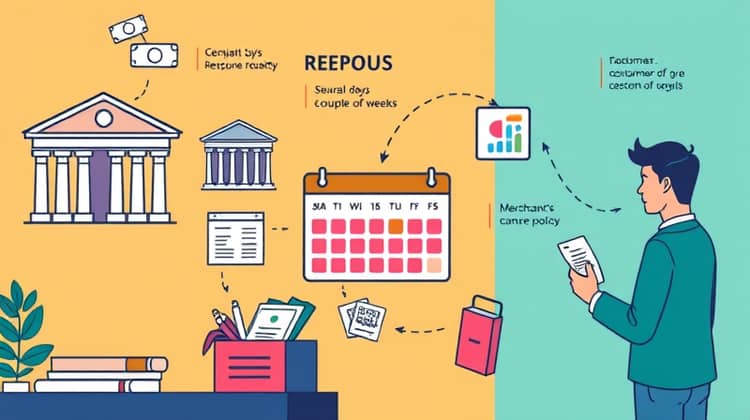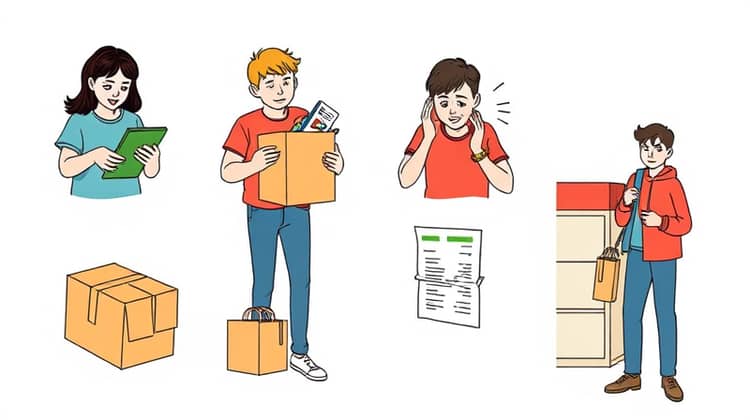Understanding how credit card refunds work is essential for consumers who want to ensure they're protected when making purchases. Refunds are not just a customer service gesture; they reflect the policies that various businesses have in place to protect consumers. Knowing the details can save you time, money, and frustration.
Credit card refunds are a standard practice in the retail world, providing an avenue for customers to reclaim their funds when they are not satisfied with a product or service. They can happen for various reasons, ranging from product dissatisfaction to erroneous charges. This guide will take you through the ins and outs of credit card refunds, the processes involved, and useful tips to navigate them effectively.
From understanding the refund process to knowing how long it may take to see your money back in your account, this article will equip you with everything you need to know about managing credit card refunds.
How Refunds Work

Refunds work by reversing a transaction that has occurred between a merchant and a consumer. When a consumer is dissatisfied with a product or service, they can request their money back, and the merchant typically processes this request according to their return policy.
The process of requesting a refund generally varies from one merchant to another. Many retailers have specific procedures for handling refunds, often requiring proof of purchase and sometimes the returned item itself. It's important for consumers to be familiar with these policies before making a purchase.
Once a refund is initiated by the merchant, the funds are typically returned to the consumer's credit card. However, the actual completion of the transaction can take some time depending on various factors including the payment processor and bank involved.
The Refund Process

The refund process generally starts with the consumer reaching out to the retailer. This can be done through in-store visits, online forms, or customer service calls. Providing necessary details, such as order numbers and dates of purchase, can expedite the process.
After the initial request is made, the merchant assesses the validity of the claim before proceeding with the refund. If approved, they will initiate the transaction to return the funds to the customer's credit card. Here’s a step-by-step breakdown of the process:
- Customer initiates refund request with the merchant.
- Merchant verifies the refund eligibility according to their return policy.
- Merchant processes the refund and submits it to the payment processor.
- Funds are returned to the customer’s credit card, which may take a few days.
Once the refund is processed by the merchant, it is sent to the payment processor (such as Visa or Mastercard), and from there, it travels to the customer's bank. It’s key for consumers to remain patient during this period, as transit times can vary.
How Long Does it Take to Receive a Refund?

The time it takes for a consumer to see their refunded money back in their account can vary depending on several factors. On average, once a refund is initiated, it can take anywhere from several days to a couple of weeks to reflect in your account, depending on the bank's processing times.
Some banks process refunds more quickly than others, and factors such as weekends and holidays can further extend wait times. Additionally, if there are disputes over the refund process or delays in merchant processing, this could lead to longer wait periods as well.
It’s advisable to check the merchant’s policy regarding refund duration and keep all receipts and documentation handy in case of delays or issues that arise.
Common Reasons for Credit Card Refunds

There are several reasons why a consumer may seek a credit card refund. One of the most common reasons is that the product received was defective or not as described, leading to disappointment in the quality or functionality of the item.
Additionally, refunds may be necessary if the wrong item was shipped, such as receiving a different size or color than what was ordered. Errors in billing, where customers are charged incorrectly for their orders, also lead to numerous refund requests.
Some consumers may initiate refunds simply due to buyer’s remorse, particularly if they decide shortly after the purchase that they no longer want the product. Most retailers accommodate such requests as long as consumers adhere to their timelines and policies.
Lastly, services that do not meet expected standards can also invoke refund requests, especially if the promise of service quality is not fulfilled. Businesses should clearly outline their return policies for these scenarios.
Tips for a Smooth Refund Process

To ensure a smooth refund process, always review the merchant’s return and refund policy prior to making a purchase. Each retailer may have different rules regarding timelines and conditions for accepting returns, which can save you time in the long run.
Maintain copies of your receipts and any correspondence with the merchant about the refund. This documentation may be crucial if any issues arise during the refund process or if you need to escalate the matter to a consumer protection agency.
Finally, don’t hesitate to follow up with the merchant if your refund takes longer than anticipated. Sometimes, a simple follow-up can speed up the process significantly.
- Keep copies of receipts and documentation related to your purchase.
- Know the merchant’s refund policy before making a purchase.
- Follow up with customer service if you do not receive a timely response.
Communication is key during the refund process, so staying proactive in your follow-up can often yield quicker results.
Conclusion

Understanding credit card refunds is essential for consumers looking to navigate their transactions better. Knowing the typical procedures, time frames, and potential pitfalls can help ensure a positive experience when dealing with refunds.
While refunds can sometimes feel cumbersome or frustrating, being informed about how they work will empower consumers to take the necessary steps to protect themselves. It is important to remember that refunds are a right for consumers, and retailers often strive to maintain customer satisfaction through their handling of these requests.
In conclusion, educating yourself on the refund process will not only aid in avoiding inconveniences but also improve your overall shopping satisfaction.














